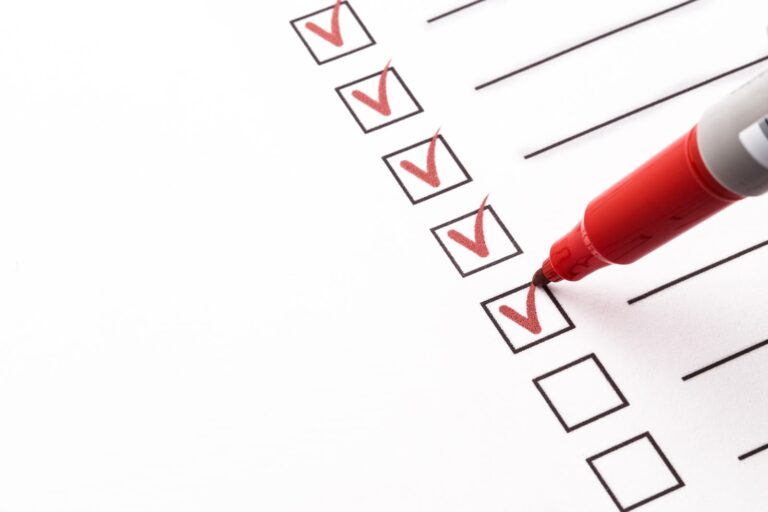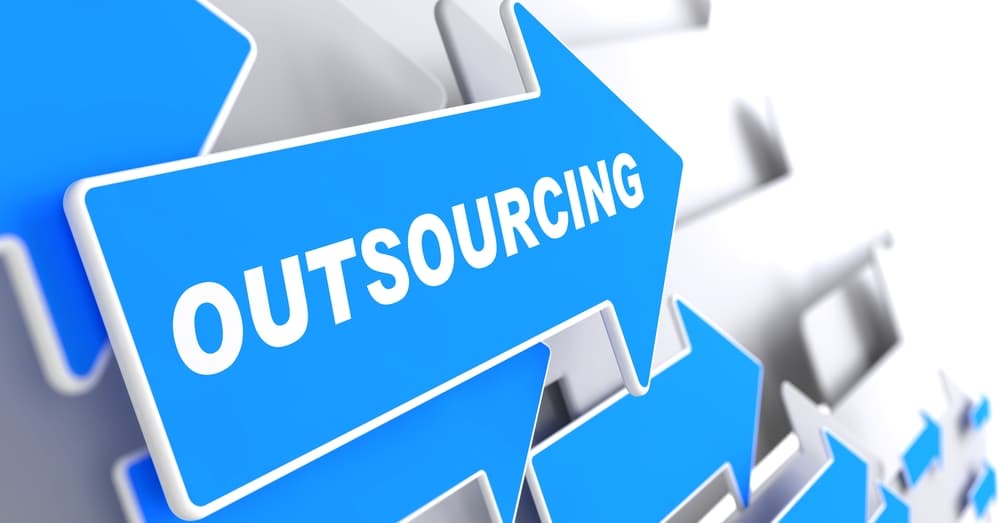HR compliance checklists come in all shapes and sizes with the spectrum covering an alphabet soup of acronyms from COBRA to FMLA to ADA to FLSA.
The Society for Human Resource Management offers its members a whopping 39 compliance checklists that fall among 13 different categories.
“Ensuring your company is compliant with tax and labor laws helps create a safe and secure workplace for employees, provide fair compensation and ensure your company keeps up with its tax obligations.
Staying aware of changing regulations and rulings on HR compliance can also help prevent errors that could make your company vulnerable to legal action,” says Forbes.
The Value of HR Compliance Checklists
Horizons, a global talent search firm, says that four key takeaways when considering HR compliance checklists are:
- Non-compliance can lead to substantial fines, and even criminal charges: HR departments need to take their responsibility for overseeing and ensuring compliance seriously as they need to consider relevant laws and regulations relating to employment and workplace practices within their organization.
- Compliance Mandates are Far-Ranging: HR compliance checklists need to address wide-reaching mandates from statutory and regulatory compliance to local, state, federal and country-specific compliance.
- Best Practices Should be Employed: To avoid penalties for non-compliance, HR needs to develop best practices to help them manage complex issues in this area.
- HR Compliance Checklists are a Must: An HR compliance checklist will ensure that an organization stays compliant in all the areas that are required of them.
“HR compliance covers everything from recruitment, payroll, and benefits to the treatment of employees,” says Horizons.
Making an HR Compliance List … and Checking it Twice
No two HR compliance checklists will be the same as every company has its own unique circumstances, but 10 items that will make most 2023 HR compliance checklists include:
- Affirmative action: If the organization is subject to affirmative action requirements, ensure that the organization has an affirmative action plan in place and that it is being implemented correctly.
- Anti-discrimination laws: Ensure that the organization’s policies and practices do not discriminate against employees based on race, color, sex, national origin, religion, age, disability, or any other protected status.
- Auditing and monitoring: Regularly audit and monitor the organization’s compliance with the laws and regulations.
- Benefits: Ensure that the organization is providing benefits to employees in compliance with laws such as the Affordable Care Act and that employees are aware of the benefits offered and how to access them.
- Compliance training: Ensure that all employees are provided with training on compliance-related topics such as anti-discrimination, safety, and health.
- Employee handbook: Ensure that the organization has an employee handbook that outlines the policies and procedures and that it is being distributed to all employees.
- Employee records: Ensure that the organization is maintaining accurate and up-to-date records for all employees, including their personal information, job titles, salary, and benefits.
- Federal and state employment laws: Ensure that the organization is following laws such as the Fair Labor Standards Act (FLSA), the Family and Medical Leave Act (FMLA), and state-specific laws related to minimum wage, overtime, and discrimination.
- Immigration laws: Ensure that the organization follows laws related to the hiring and employment of non-citizens, such as the Form I-9 and E-Verify process.
- Safety and health: Ensure that the organization is providing a safe and healthy work environment for employees in compliance with OSHA regulations and guidelines.
Specific Items to Highlight on Your HR Compliance Checklist
When it comes to writing your company’s HR compliance checklist, there are some specific things to look out for. Forbes lists the following as necessary items on any HR compliance checklist:
- Provide a detailed orientation for all new hires that includes their HR compliance responsibilities and clearly explains the policies for reporting noncompliance.
- Ensure that no discriminatory or preferential language is used in job listings.
- Collect signatures from new hires to document their review and receipt of the employee handbook.
- Create a standard procedure for reporting, investigating, and responding to harassment claims, include these policies in the employee handbook, and train all employees on the policies.
- Ensure that I-9 forms, and other forms with personal information, are stored securely in print and online forms.
- Post required documentation and notices of workers’ rights to compensation and the procedure for reporting injuries.
- Make sure that the company is meeting the minimum standards for retirement and health care plans as spelled out in the Employee Retirement Income Security Act (ERISA).
- Comply with paid and unpaid leave requirements under FMLA.
- Provide employees with job and safety training as required by OSHA training standards.
- Report all injuries and illnesses to OSHA as required.
- Work with legal counsel to draft employee contracts that cover details such as:
o Work hours
o Paid time off
o Work location
o Compensation
o Benefits
o Start and end dates
o Worker classification
Hot Button Issues That Can Get Your Company in Trouble
“Compliance should be at the crux of an organization’s policies and procedures. When companies disregard the compliance component while establishing corporate regulations, they risk needlessly incurring penalties and retention, both of which are costly to their finances and reputation,” writes Tech Funnel.
SHRM says to keep out of trouble look for these compliance hot-button issues for your checklist:
- Form I-9 errors Inaccurate wage and hour or time records.
- Inadequately maintained personnel files.
- Insufficient record retention.
- Misclassification of exempt and nonexempt jobs.
- Most lawsuits can be traced to issues related to hiring, performance management, employee discipline, or termination.
- Outdated federal and state labor and employment law posters.
- Prohibited attendance policies.
Contact Employer Flexible today to make sure your company’s 2023 HR compliance checklist is in proper form.






